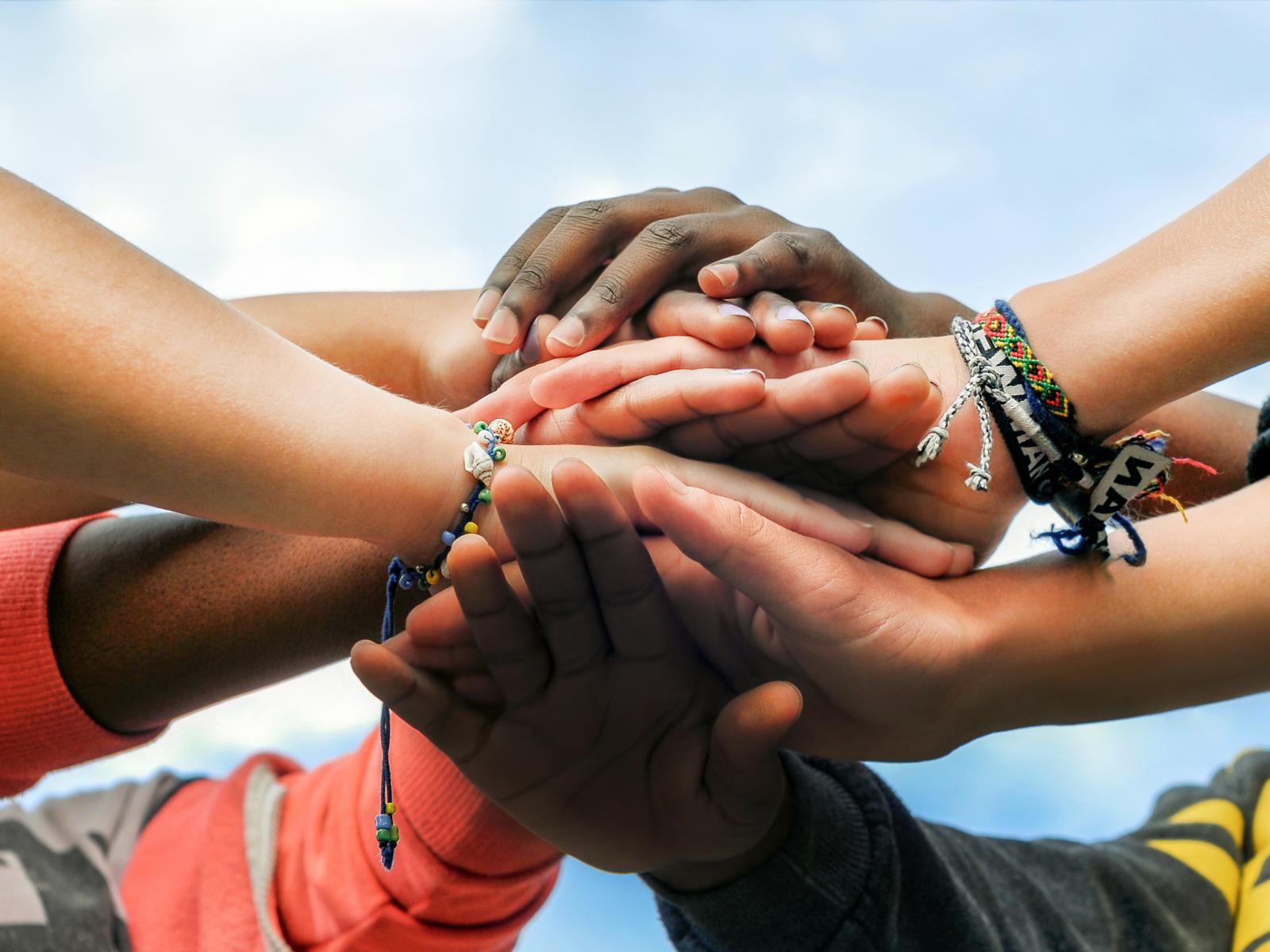The youth learn how water safety is fragile. Even with good intentions, people and processes can cause major problems. They raise awareness of water issues and the importance of being vigilant about this shared need.

Carole Lindstrom’s book “We are Water Protectors” conveys a powerful message about the interconnectedness of all living things. The Indigenous people in this story act as both teachers and courageous advocates on behalf of clean water, inviting us all to take action and stand together.
Literature Guide by Maureen Klein
The youth learn how water safety is fragile. Even with good intentions, people and processes can cause major problems. They raise awareness of water issues and the importance of being vigilant about this shared need.
Young people learn about environmental stewardship and its importance to all people. They carry out a service project that demonstrates environmental stewardship.
Researching from the perspective of one type of scientist, youth become experts on the attributes of a tropical rainforest as well as the threats to its health and impact on the globe. Youth work in teams of four to make a collage poster and presentation.
Learners explore personal identity traits and discuss how a community is strengthened by similarities and differences among them. They each write a biographical poem using the provided template and their discussion notes.
In this lesson young people learn about the tools of advocacy for the common good. They investigate the characteristics of advocates and develop their own personal advocacy style.
Groups analyze and define the concept of community. They identify the benefits and sacrifices involved in actions for the common good in their role as citizens.
We are made by history. In this activity, youth read the stories of philanthropic African Americans and influential related events that made America what it is today. Then they create a virtual Pop-Up Museum as an advocacy service project in which they tell stories of Black history and philanthropy.
From history we know that working in community (not on our own) is the best way to make change. Young people explore the work of nonprofits related to equity and social justice.
Youth Activity: Participants will gain a greater understanding of the meaning of philanthropy, and identify at least one action that they can take to better their own community.
This lesson focuses on the language of human rights. Learners examine the Universal Declaration of Human Rights and analyze the rights from a personal perspective. They discuss how well they perceive that the rights are enforced.
These lessons were designed by a high school classroom that was motivated by a quote by Dr. Martin Luther King, Jr. They tried to envision a project centered on driving out hate in their community by showing love.
This lesson focuses on the meaning and benefits of gratitude. Participants give examples of what people give up (opportunity cost) when they give philanthropically.
Learners use words to communicate positively and build community. A service project involves writing positive messages on stones and placing them strategically to uplift and beautify.
Through analyzing a Ted Talk by Robin Wall Kimmerer, participants develop their understanding of what it means to respond with gratitude to the gifts from the Earth. Participants expand their awareness of the interdependent relationship between humans and nature.
Create a past, present, and future timeline of personal philanthropy.